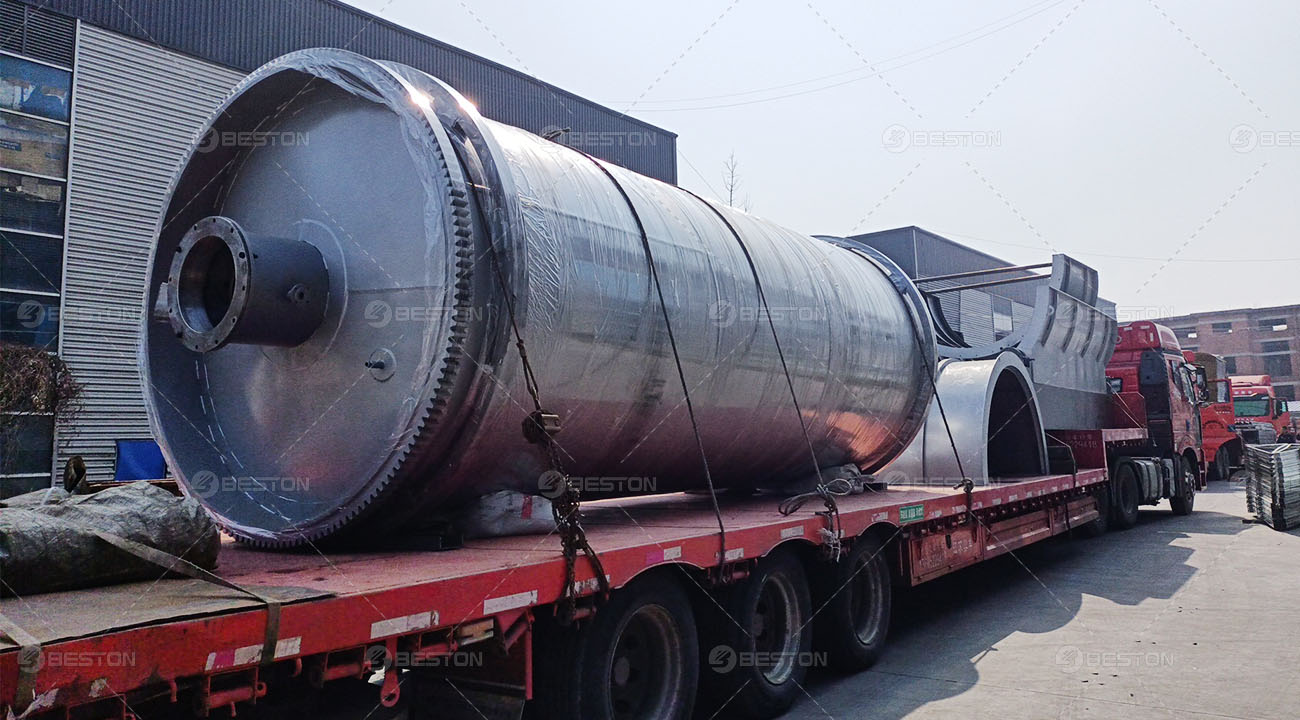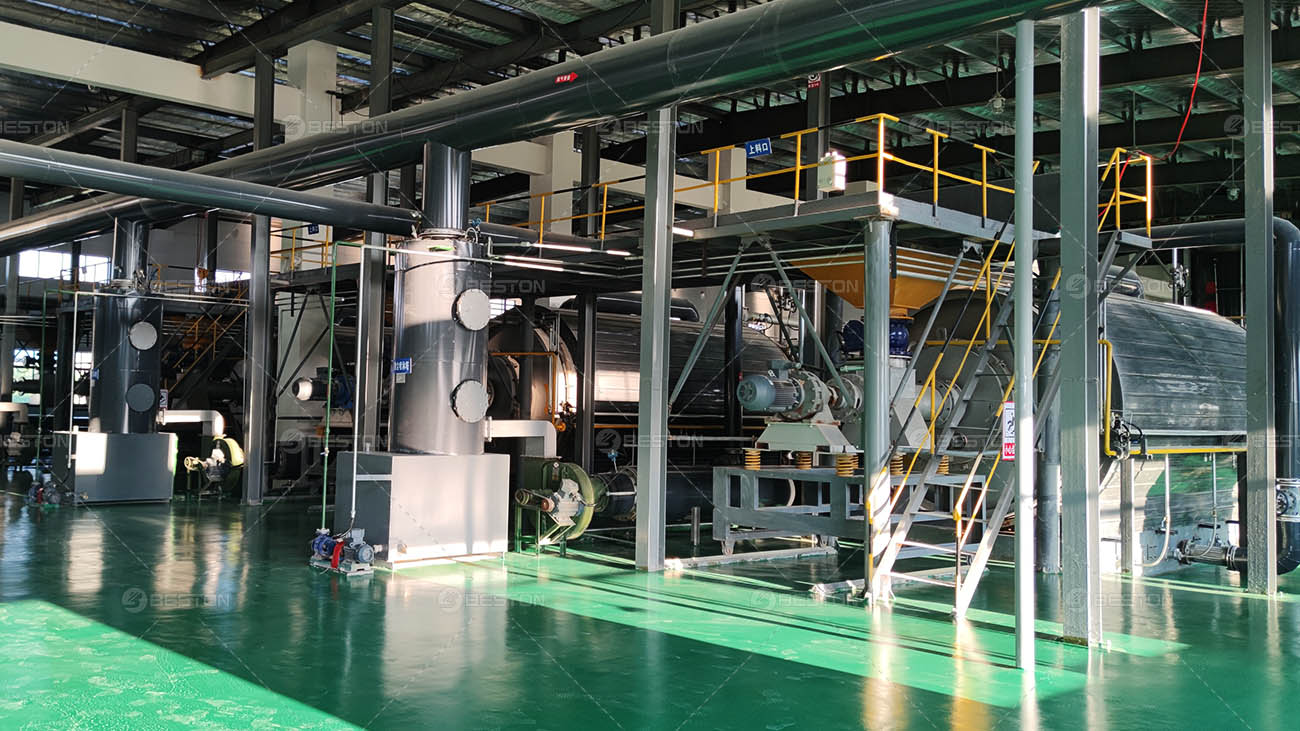Introduction
Amid the industrial landscape, oily hazardous waste presents a dual challenge, both environmental and economic. These hazardous byproducts, often in the form of oil sludge, demand innovative solutions for minimizing harm while harnessing untapped energy potential.
Enter the oil sludge pyrolysis plant – a technological marvel promising to convert this waste into clean energy and valuable resources. In this article, we explore its scientific foundations, environmental benefits, economic potential, and the challenges it faces.
Understanding the Oil Sludge Problem
1. The Origins of Oil Sludge
Oil sludge primarily stems from industrial processes such as oil refineries, drilling operations, and petrochemical plants. It’s a complex mix of hydrocarbons, heavy metals, and contaminants, posing disposal and management challenges. Therefore, pyrolysis plant has become an urgent need to solve this problem.
2. Environmental Impact
Improper oil sludge disposal has far-reaching environmental consequences, including soil and water contamination, as well as the release of harmful greenhouse gases. Addressing this issue is pivotal for sustainability and environmental stewardship.
The Science Behind Pyrolysis
1. Pyrolysis Unveiled
Pyrolysis, the core process in oil sludge pyrolysis plants, thermally decomposes complex hydrocarbons into simpler components without oxygen. This controlled process is at the heart of converting oil sludge into valuable products.
2. The Transformation of Oil Sludge
Through oil sludge pyrolysis plant, oil sludge undergoes a transformation, resulting in clean energy, liquid fuels, and solid carbon-rich residue. This sustainable approach reduces waste and unlocks latent energy potential within the sludge.

Oil Sludge Pyrolysis Plant: Key Components
1. Reactor: Where Transformation Begins
The reactor is the plant’s core, where oil sludge encounters high temperatures without oxygen. In this controlled environment, the sludge transforms into valuable products.
2. Gas and Liquid Recovery Systems
Efficient recovery systems capture gases and liquids produced during pyrolysis. These products find use in various industrial applications, including clean energy production.
3. Residue Handling: Turning Waste into Wealth
The solid residue left post-pyrolysis can be further processed and utilized as a valuable resource, minimizing waste and environmental impact.
The Environmental Benefits
1. Reducing Greenhouse Gas Emissions
The thermal desorption unit plays a vital role in reducing greenhouse gas emissions by converting organic matter into useful products rather than allowing it to decompose and release methane into the atmosphere.
2. Mitigating Soil and Water Contamination
Clean and environmentally friendly conversion of oil sludge helps prevent soil and water contamination, preserving natural resources and ecosystems.
3. Aiding in Resource Conservation
By recycling oil sludge and extracting valuable materials, this technology contributes to resource conservation and reduces the environmental footprint associated with conventional waste disposal methods.
Economic and Industrial Applications
1. Clean Energy Production
Clean energy from oil sludge pyrolysis can be harnessed for various industrial applications, reducing dependence on fossil fuels and boosting sustainability efforts.
2. Revenue Generation through By-Products
The by-products, including liquid fuels and solid residues, can be sold or utilized within the industrial sector, creating new revenue streams.
3. Industrial Adoption and Government Support
Governments and industries worldwide recognize the potential of oil sludge pyrolysis plants to address environmental concerns and promote sustainable practices.
Challenges and Future Prospects
1. Technological Hurdles
Despite its promise, oil sludge pyrolysis faces technological challenges that need resolution for enhanced efficiency and economic viability.
2. Regulatory Frameworks
Developing comprehensive regulatory frameworks is essential to ensure the responsible and safe operation of oil sludge pyrolysis plants. This is exactly what Beston Group Co., Ltd. complete service system includes
3. The Road Ahead: A Sustainable Vision
As the world grapples with environmental issues and resource scarcity, the oil sludge pyrolysis plant stands as a symbol of innovation and sustainability. Its development and adoption are crucial for a cleaner, more sustainable future.